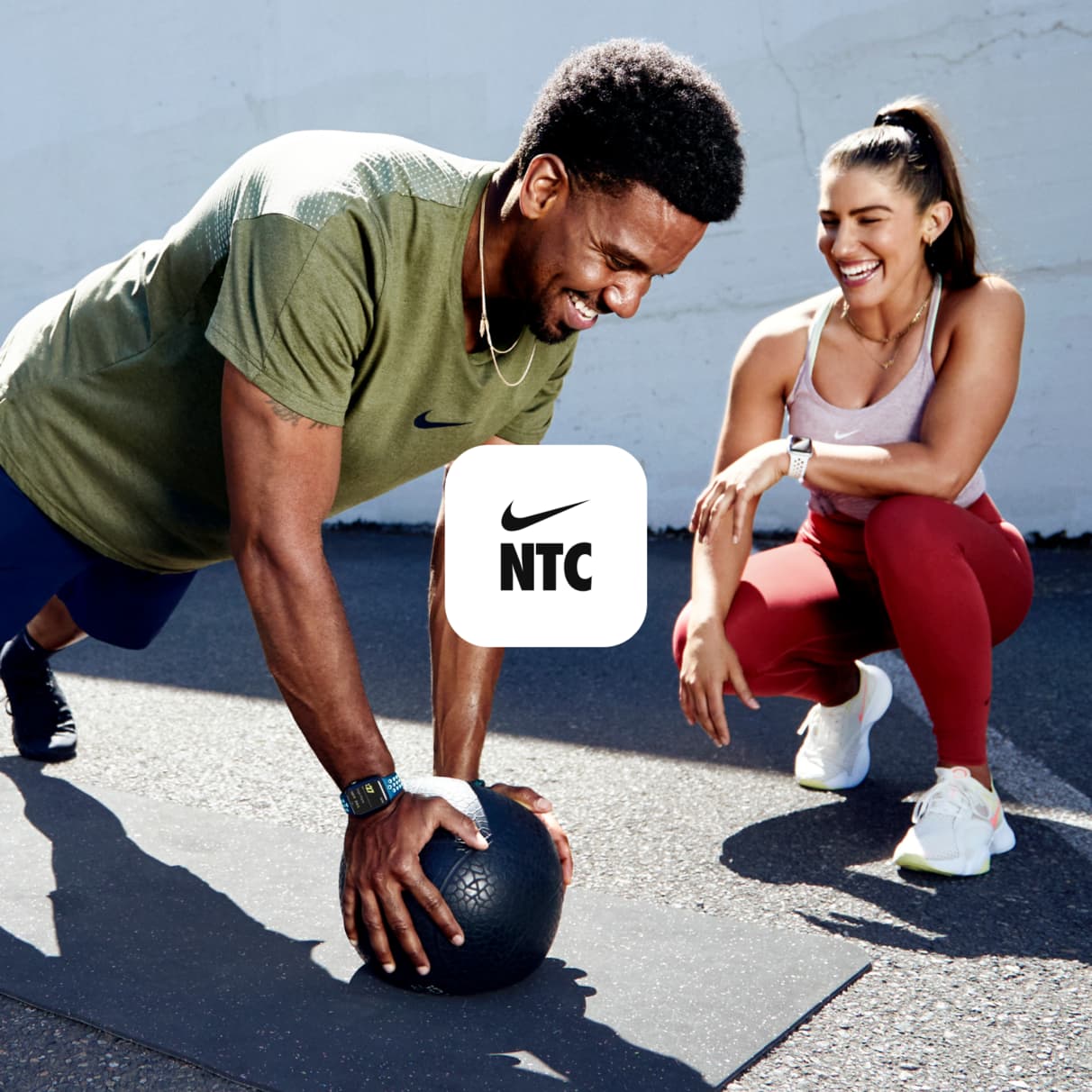What Are the Major Differences Between Cardio and HIIT Workouts?
Sport & Activity
Are duration and intensity the only things that differ between steady-state cardio and HIIT? What are the benefits of each?

Cardiovascular training, or cardio for short, is any physical activity that increases your heart rate and respiration. It can be aerobic, such as going for a low-intensity, steady-state bike ride—aka LISS cardio—or anaerobic, like doing an intense HIIT workout. The differences include duration, intensity and the energy systems used, as well as the effects on your body and performance.
What's the Difference Between Cardio and HIIT?

Cardio
Steady-state cardio elevates your heart rate to 50–80 percent of your max and is typically performed for 30 to 90 minutes. Examples include:
- Cycling
- Jogging
- Walking
- Swimming
- Elliptical training
During steady-state cardio, your body breaks down fat and carbohydrate (glucose/glycogen) stores for energy with the help of oxygen. Aerobic, by definition, means "with oxygen". Because oxygen is available, no lactic acid is produced. Therefore it's possible to perform this type of traditional cardio workout for long periods of time.

HIIT
High-intensity interval training (HIIT) is a type of anaerobic exercise that requires you to work at 80–95 percent of your max heart rate.
Due to the high heart rate, you won't be able to keep it up for very long. That's why a HIIT workout is done in intervals of maximum effort followed by rest. These intervals are usually between 10 to 30 seconds in length.
Basically, any form of cardio can be turned into a HIIT workout, including:
- Sprinting
- Stationary cycling
- Assault bike
- Rowing
- Full-body circuit training (e.g. push-ups, squats, bicycle crunches)
It's not just the intensity that shortens the duration of HIIT. The definition of anaerobic is "without oxygen". Unlike aerobic cardio, which uses oxygen to break down energy stores and produce ATP, HIIT cardio is performed in an oxygen deficit. This means your body breaks down glycogen in the muscles to produce ATP—the energy currency of the cell. This is known as glycolysis, and lactic acid is created as a by-product.
A build-up of lactic acid can impair your performance by creating acidity in the muscle, known as acidosis. This slows down energy production, creating burning or soreness in the muscle, forcing you to take a break.
The oxygen deficit created is called excess post-exercise oxygen consumption (EPOC) or "the afterburn effect". This refers to an increased oxygen demand after your workout, as your body tries to recover. As a result of the increased demand, your metabolic rate is elevated.
What Are the Benefits of Steady-State Cardio?
1.It's Suitable for a Wide Range of Athletes
Steady-state cardio is generally more suitable for a wider group of people than HIIT as it's lower in intensity. HIIT cardio, on the other hand, is not suitable for certain individuals, as it's a high-intensity workout.
2.It Can Help Relieve Stress
Steady-state cardio exercise is one of the best forms of exercise to fight stress, as it's been linked to reduced cortisol (stress hormone) levels, according to a 2013 article in ACSM's Health and Fitness Journal. The biochemical changes that happen in your brain as a result of steady-state exercise help combat stress and improve your mood.
3.It Can Boost Your Heart Health
Cardio exercise is one of the most effective ways to improve your heart health. It helps lower blood pressure and clears the arteries by improving cholesterol levels. This reduces your risk of blood clots, stroke, high blood pressure and heart disease, according to a 2013 study in Blood Pressure.
Those who do cardio regularly have lower insulin levels, blood sugar and body weight, lowering their risk of cardiovascular disease, per a 2013 review from Sports Medicine.
What Are the Benefits of HIIT?
1.It's Time Efficient
One of the key benefits of HIIT is how time efficient it is. Unlike aerobic cardio, which needs to be performed for 30 minutes or more to allow you to enjoy the benefits, HIIT is short and sweet. In fact, Tabata, a type of HIIT, is only performed for four minutes!
A Tabata workout uses a training style that involves a 20-second all-out work period followed by a 10-second break. This is repeated for eight rounds, a total of four minutes.
It's based on a clinical trial conducted by Tabata and colleagues in 1996 that compared a group who did 60 minutes of moderate intensity (70 percent of VO2 max) to a group that did a four-minute Tabata session. Both groups were on stationary bikes five times a week for six weeks.
The Tabata group improved their anaerobic capacity by 28 percent, VO2 max by 7ml/kg/min, and increased their speed when retested—all key markers of improved aerobic fitness. Plus, the Tabata group yielded statistically better results than the group that exercised for an hour.2.It May Accelerate Fat Loss
Another major benefit of HIIT is increased fat loss. A 2018 review of 39 studies published in Sports Medicine found that HIIT significantly reduced abdominal and visceral fat mass.
And a 2011 study published in The Journal of Applied Research found that participants who did interval training burnt 457 calories across a 24-hour period following the workout. Despite only burning 112 calories during the workout, the afterburn effect kept the metabolism elevated for a significant energy burn. This is particularly important for weight loss.
Compare that to aerobic cardio. According to Harvard Health Publishing, a person weighing 70kg burns 252 calories in 30 minutes of moderate-intensity cycling. There is no afterburn effect at play, so once the activity ends, so does the calorie burning.
Don't miss, What Shoes Should You Wear for HIIT Workouts?3.It May Improve Your Oxygen Consumption
HIIT improves your muscles' ability to use oxygen, known as your VO2 max. A 2016 randomised controlled trial in PLOS One found that after five weeks of HIIT, participants improved their VO2 max by 9 percent.
Need a new workout routine? Consider downloading the Nike Training Club App, below!





